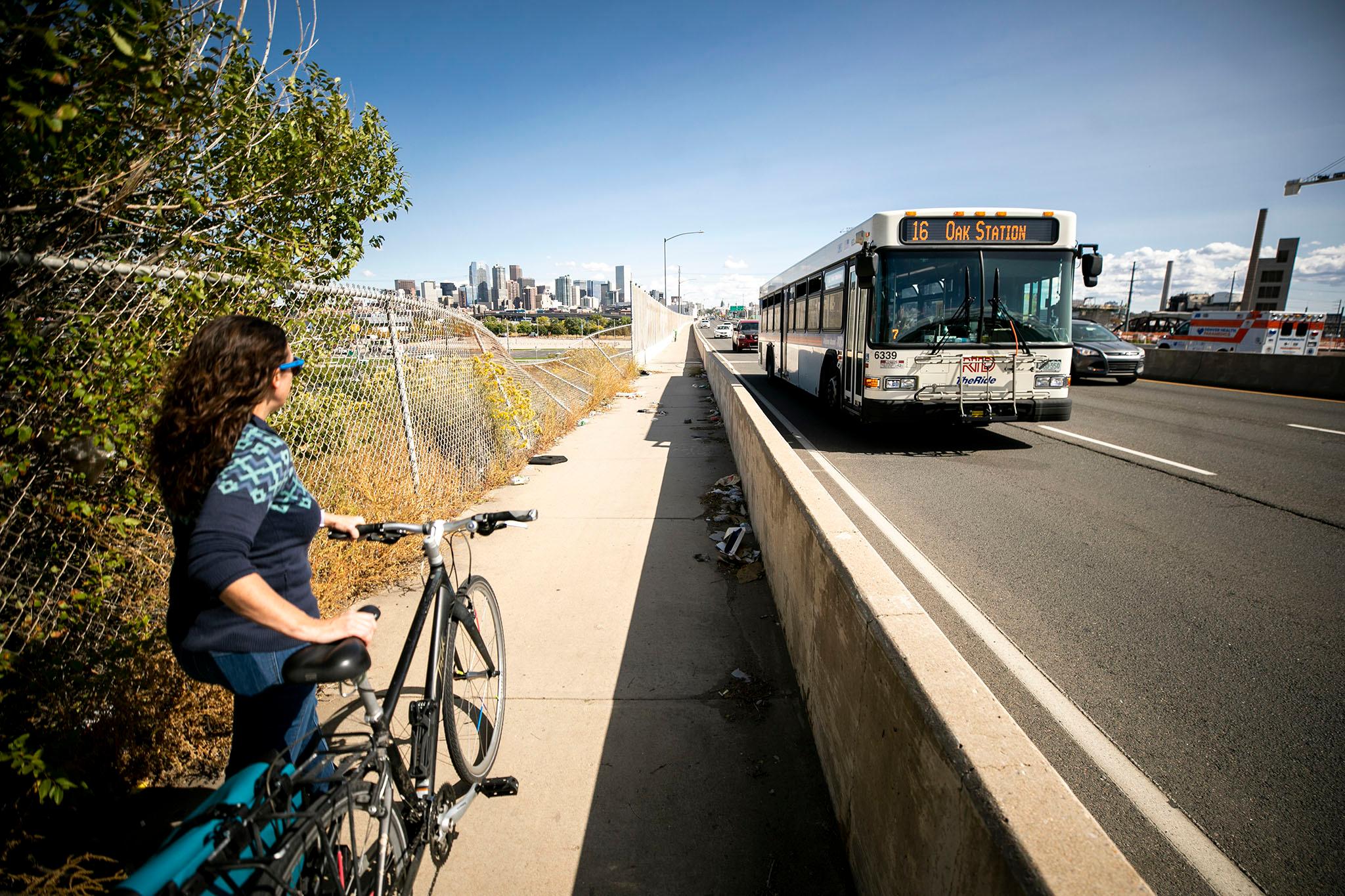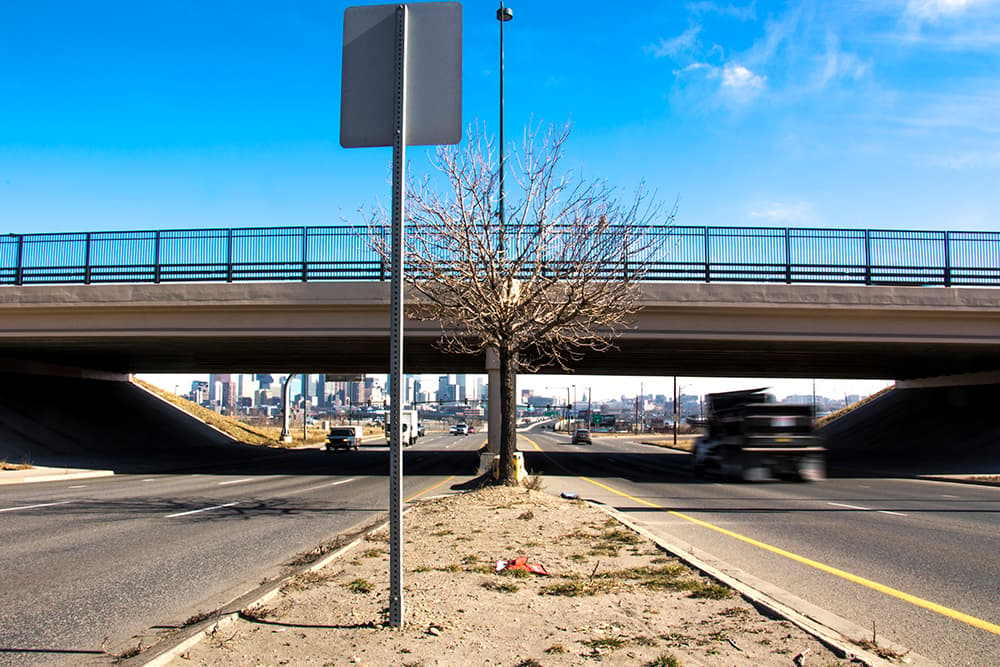For years, community groups and street safety advocates have pushed for sweeping changes to the massive "cloverleaf" interchange at Federal Boulevard and Colfax Avenue on the city's west side that they say acts as a car-centric barricade between neighborhoods.
Last week, they got proof that city and state transportation leaders have finally listened.
The Colorado Department of Transportation, with the support of the city and county of Denver, is applying for a federal "Reconnecting Communities" planning grant that could start a years-long process of removing the cloverleaf and restoring some of the street grid that once existed there.
"It is time to take action and really do something transformational here," Jessica Myklebust, who leads CDOT's efforts in the Denver metro, said at a press conference Wednesday.
The interchange was built to move vehicles efficiently but doesn't meet the needs of nearby residents, added Adam Phipps, executive director of the Denver Department of Transportation and Infrastructure.
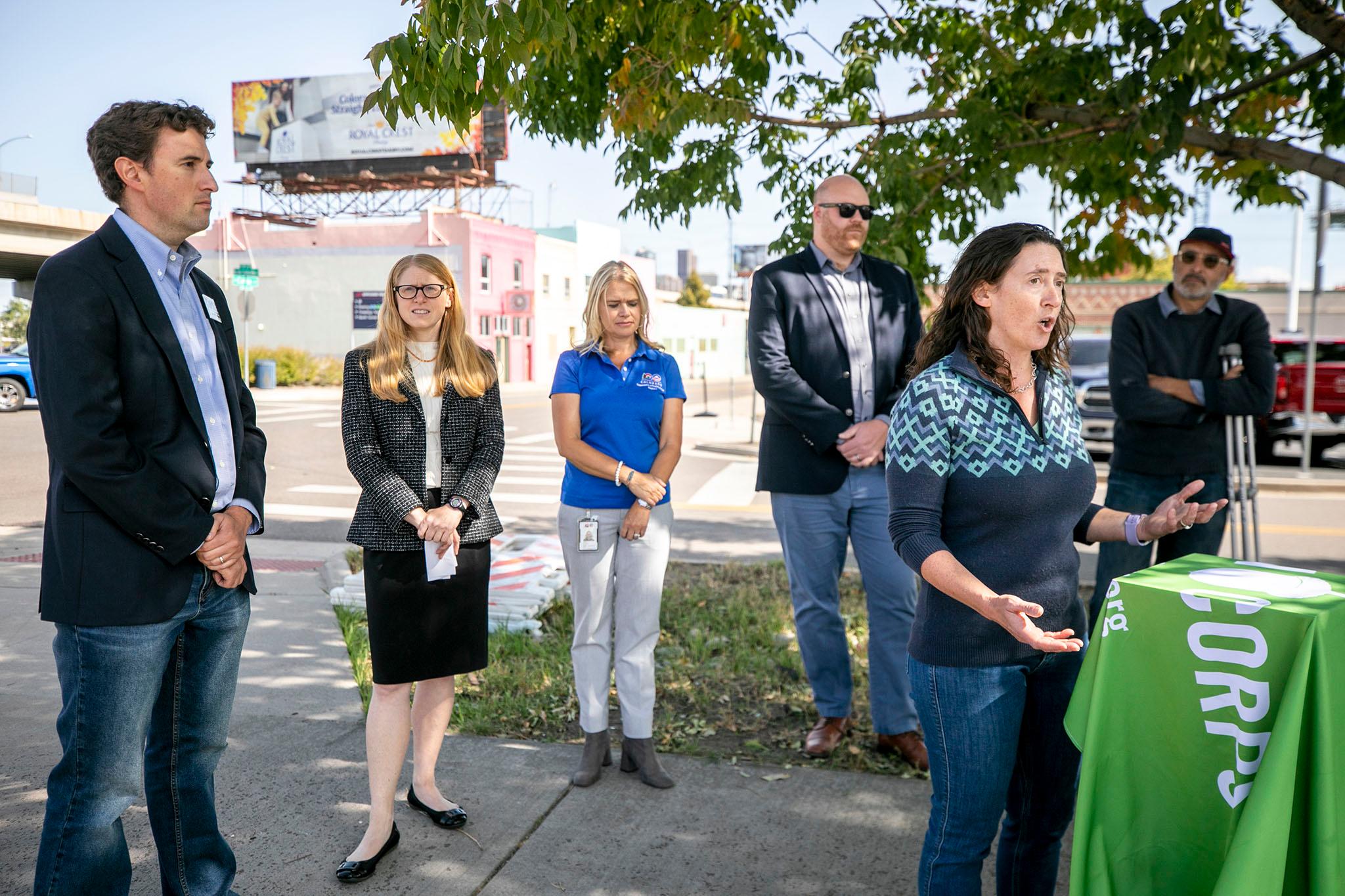
"[The] idea is to transform it into a place that promotes active living places, a higher priority on pedestrian and bicycle safety and better connects our West Denver neighborhoods with each other and with downtown and with all the amenities that Denverites love to enjoy," Phipps said.
City and state officials estimated a timeline of five to 10 years to complete the project if applications for federal planning and construction grants are successful.
Hulking pieces of infrastructure began to intrude on near-westside neighborhoods more than a century ago.
The Colfax viaduct is one of the few remaining roadway viaducts of the many that were built in the late 1800s and early 1900s to move streetcars, and later just plain cars, from burgeoning suburbs and then-suburban neighborhoods quickly into downtown.
Its earliest incarnation opened in 1916 and was known as the "Jewish Passover" because it towered over a bustling Jewish community just south of where Mile High Stadium sits today. For a time, they were the independent towns of Colfax and Brooklyn before eventually being consumed by Denver.
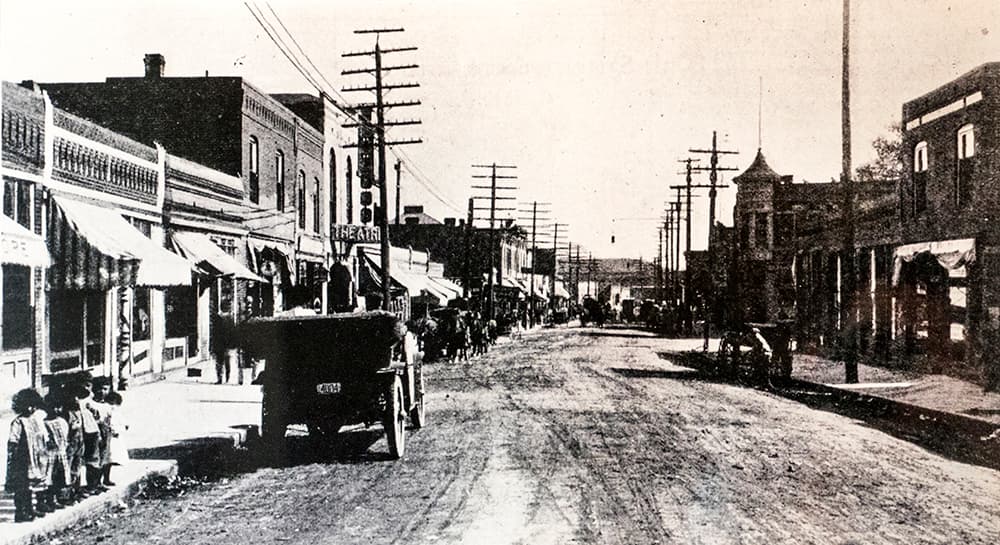
Courtesy Denver Public Library
By the 1930s, living conditions were deteriorating. The neighborhood lacked sewage and water services. It had the highest rate of infant mortality in the city. Members of that community gradually moved outward to neighborhoods like West Colfax and Hilltop.
"A census would reveal there are far more Latins than Jews in Jewtown," the Intermountain Jewish News wrote of the old neighborhood in 1931.
By the 1950s, the neighborhood was worsening. Two homicides in 1955 spurred investigation squads from the "Keep Denver Clean Committee" to do house-by-house checks. They found unsafe buildings, rat infestations, and garbage-filled vacant lots.
But the committee recommended that the city not devote "too much time and energy to correct the situation," the Rocky Mountain News reported, because the neighborhood was set to be razed anyway.
"This district is No. 1 on our slum clearance program," the city's building inspector told the newspaper.
The cloverleaf appears to have been the final nail in the coffin for the rest of the old neighborhood.
State and city transportation officials were eyeing more land just to the west, too. Photos from the 1940s and 1950s show streetcars, vehicles, and pedestrians traversing the shop-filled corners of Federal Boulevard and West Colfax Avenue.
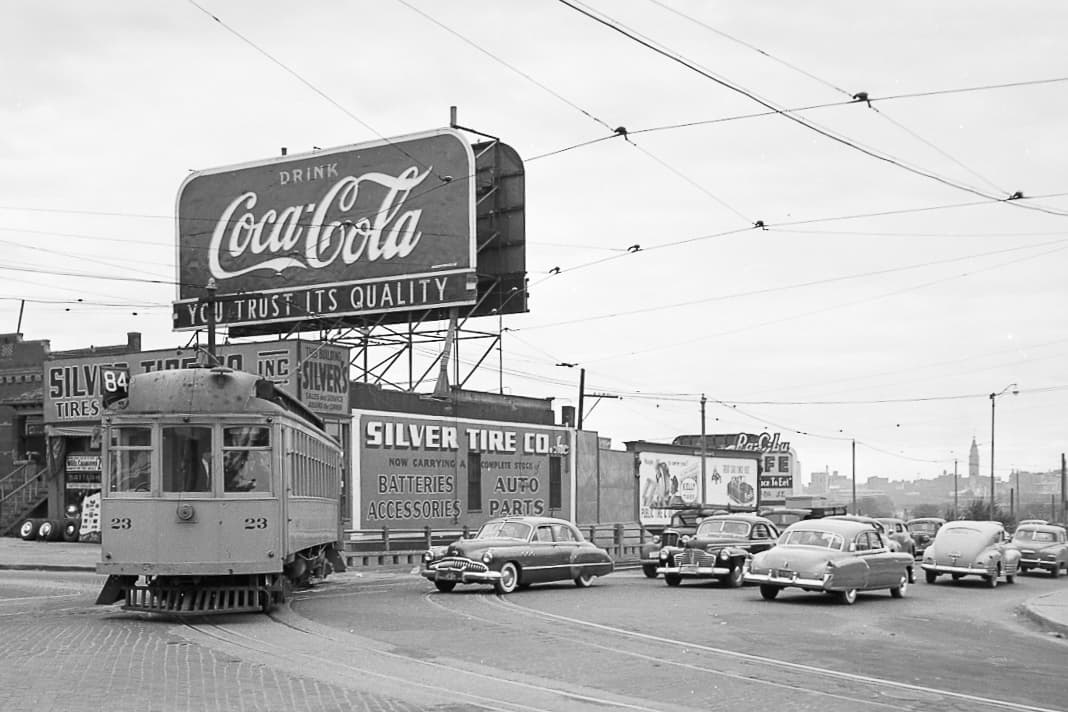
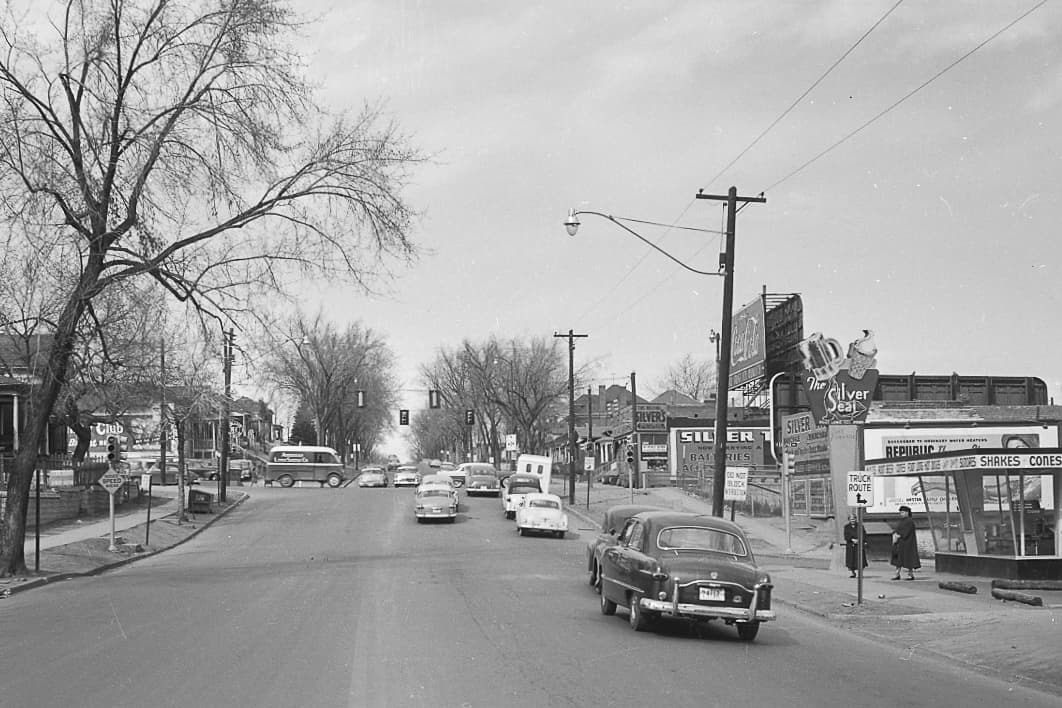
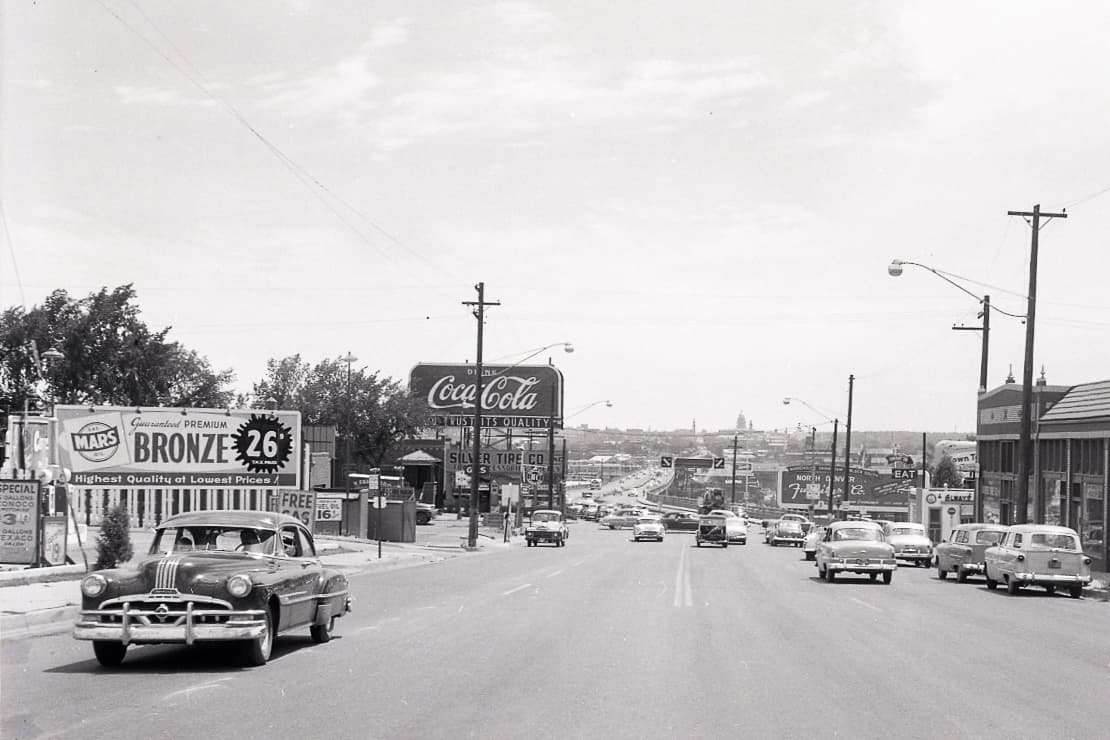
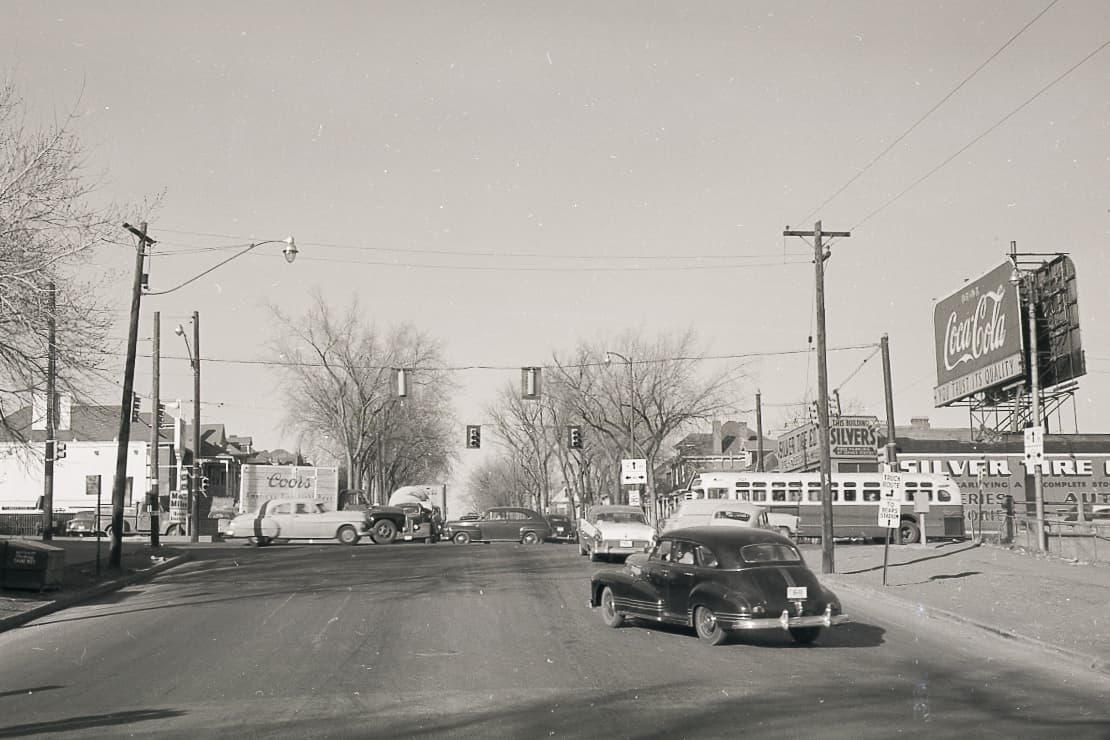
But by the mid-1950s, officials were building and retrofitting wide, fast "super streets" as they pushed Denver out of its streetcar days and firmly into its automobile era. They called the traffic situation at Federal and Colfax "intolerable."
So CDOT's predecessor, the State Highway Department, approved plans in March 1958 to acquire 30 acres of land around the intersection to build a new $2.7 million highway-style interchange. The plan garnered "hardly a ripple of discontent" from property owners who asked transportation officials only "mildly phrased questions," the Denver Post reported.
The state's lead engineer told the Post the lack of opposition was "refreshing." The highway department had recently fought with residents on the city's northside over property that would ultimately be used for Interstate 70.
They also made it clear that resistance would be futile, reminding residents that the state could use its eminent domain powers to take property that owners refused to sell. Denverite couldn't find any Denver Post or the Rocky Mountain News stories about the cloverleaf that quoted neighborhood residents.

The project moved quickly. More than 200 buildings were eventually razed in late 1958. The Denver Post published photographs of crews demolishing an old synagogue at Federal Boulevard and 14th Avenue -- now one of the most dangerous intersections in the city -- along with other "old and substandard dwellings."
Today, only a few of the old neighborhood's buildings remain -- including the bar and restaurant Original Brooklyn's.
Nearby communities have wanted to do something about the cloverleaf and viaduct for years.
They often complain that it acts as a barrier between neighborhoods like West Colfax and Sun Valley that have boomed in recent years.
It sends some RTD buses on long detours into surrounding neighborhoods. Vehicles often blaze through it well above the posted speed limit of 35 mph, which, CDOT says, contributes to a high rate of crashes at intersections just outside of the cloverleaf.
Five pedestrians were killed in or near the cloverleaf between 2016 and 2020, according to government data. Sidewalks are present but cross multiple on- and off-ramps.
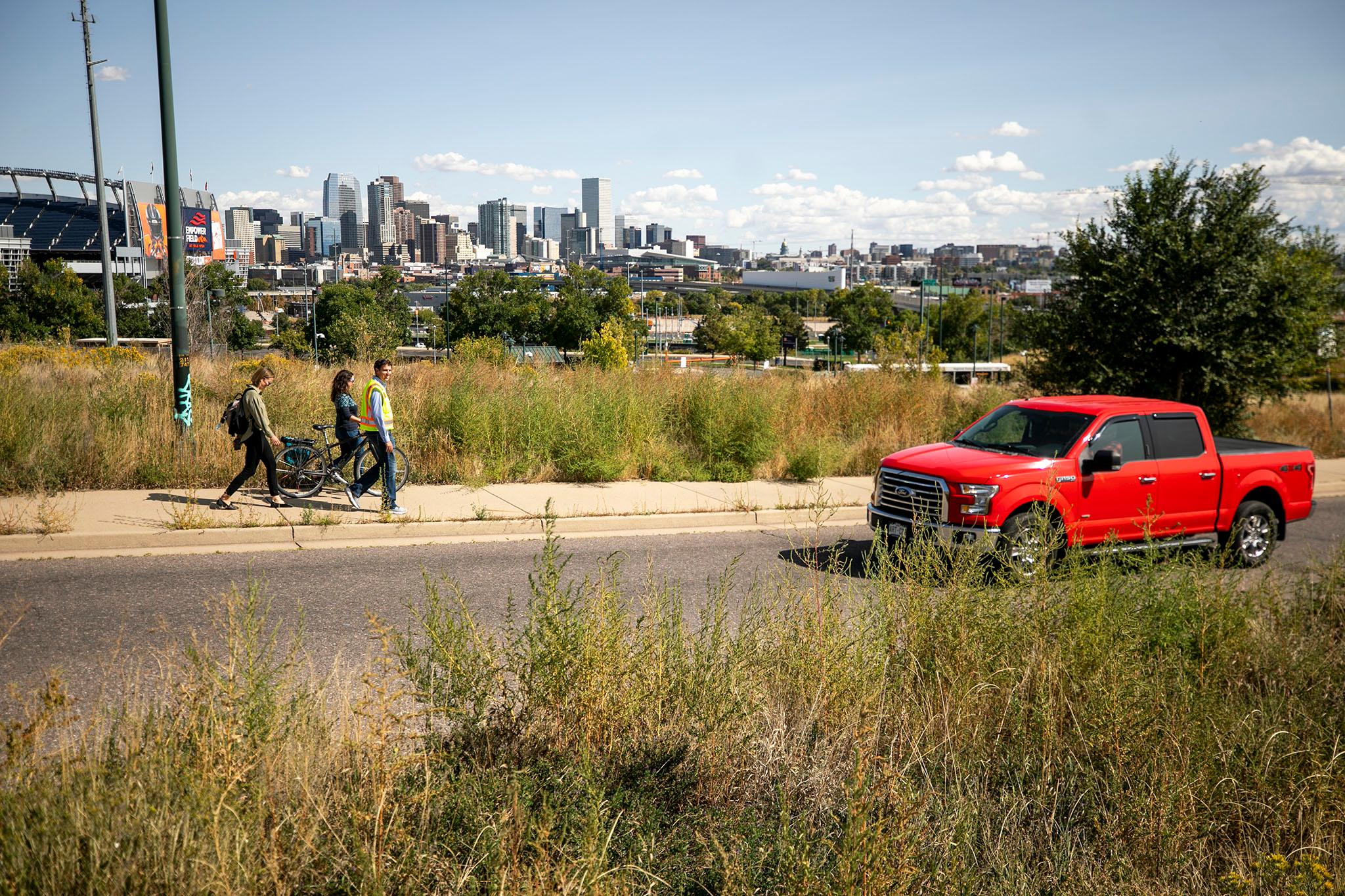
"Half the time I can't see the cars coming," said Christopher Howell, who routinely makes the trek through the cloverleaf by scooter between his home in nearby Barnum and college downtown. "I've almost been hit multiple times."
But state officials doubled down on the cloverleaf just over a decade ago when it replaced the bridge that carries Federal over Colfax. A 2016 city plan for Federal Boulevard did not call for radical changes to the cloverleaf but did express willingness to do something.
Multimodal advocates in 2017 began a campaign to push CDOT and city leaders. The West Colfax Business Improvement District dreamed up some pedestrian- and bike-friendly possibilities in 2019. A city study followed in 2021.
And now, CDOT's application for federal funding shows that the agency is fully on board as well.
"Converting this interchange will redress past harm, remove barriers for the community, and benefit nearby communities, and all of Denver, for generations to come," the application reads.
Asked how the eventual design will balance the needs of vehicle drivers, buses, pedestrians and bicyclists, CDOT officials said the goal is to make both Colfax and Federal comfortable and safe for all users.
"There are lots of examples where you can have different kinds of transportation in the same space, but in a way that's much more even-handed in the priority that it gives to everyone," said CDOT Executive Director Shoshana Lew.
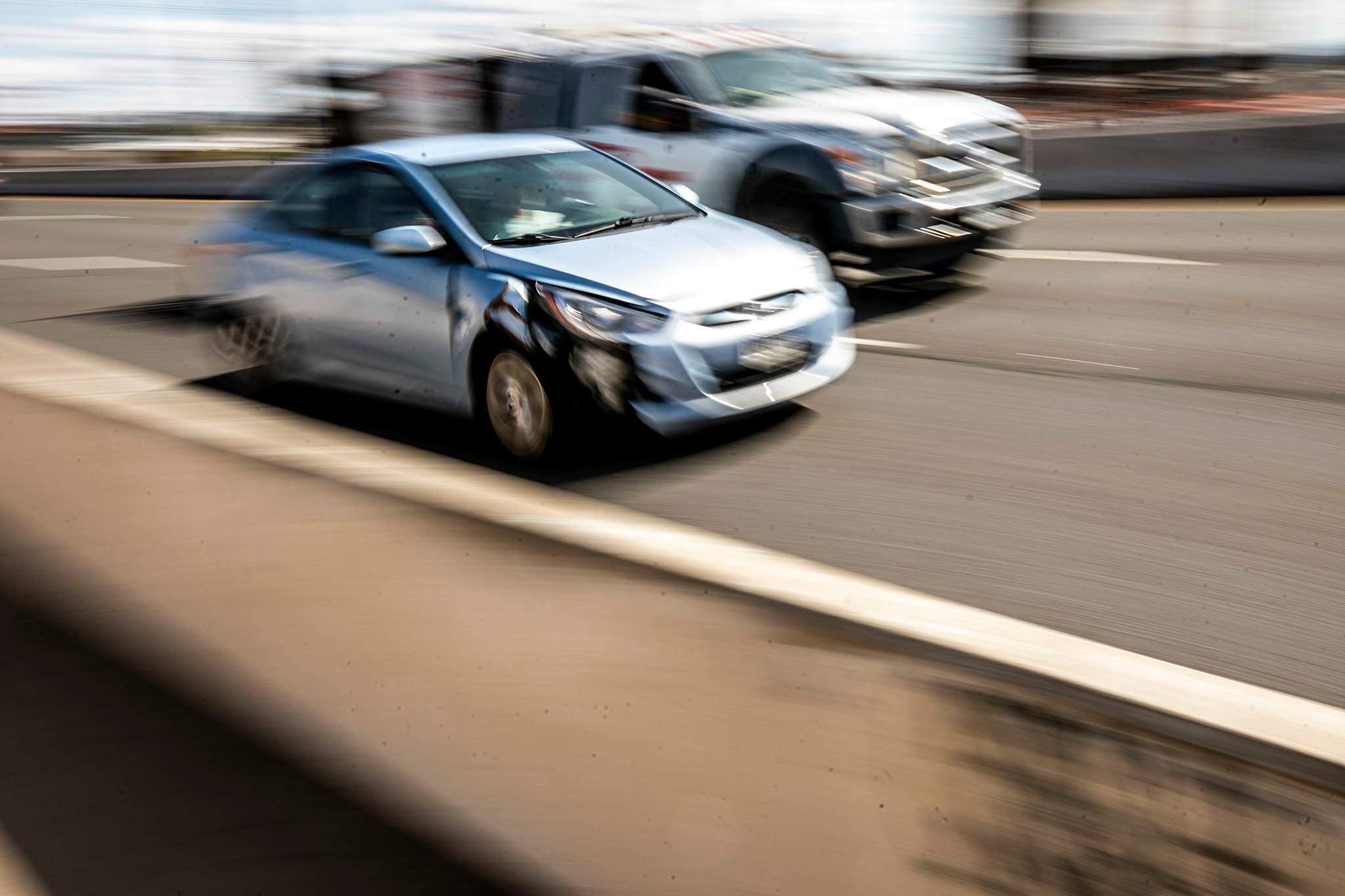
The grant is asking for $2 million in federal funds to complete planning, design and more public outreach. Once that is complete, officials say, they will ask the feds to help fund construction.
It will likely be years before any shovels hit the dirt, under even a best-case scenario. But Denver Streets Partnership Executive Director Jill Locantore said the grant application feels like a turning point.
"We're just ecstatic that we're finally at that point where our government leaders are taking ownership of this idea," she said.
CDOT's grant application is tightly focused on the cloverleaf, not the nearby viaduct. Locantore hopes that changes to that will follow. Her organization has helped local community groups launch a series of night markets underneath the viaduct and reimagining the structure itself.
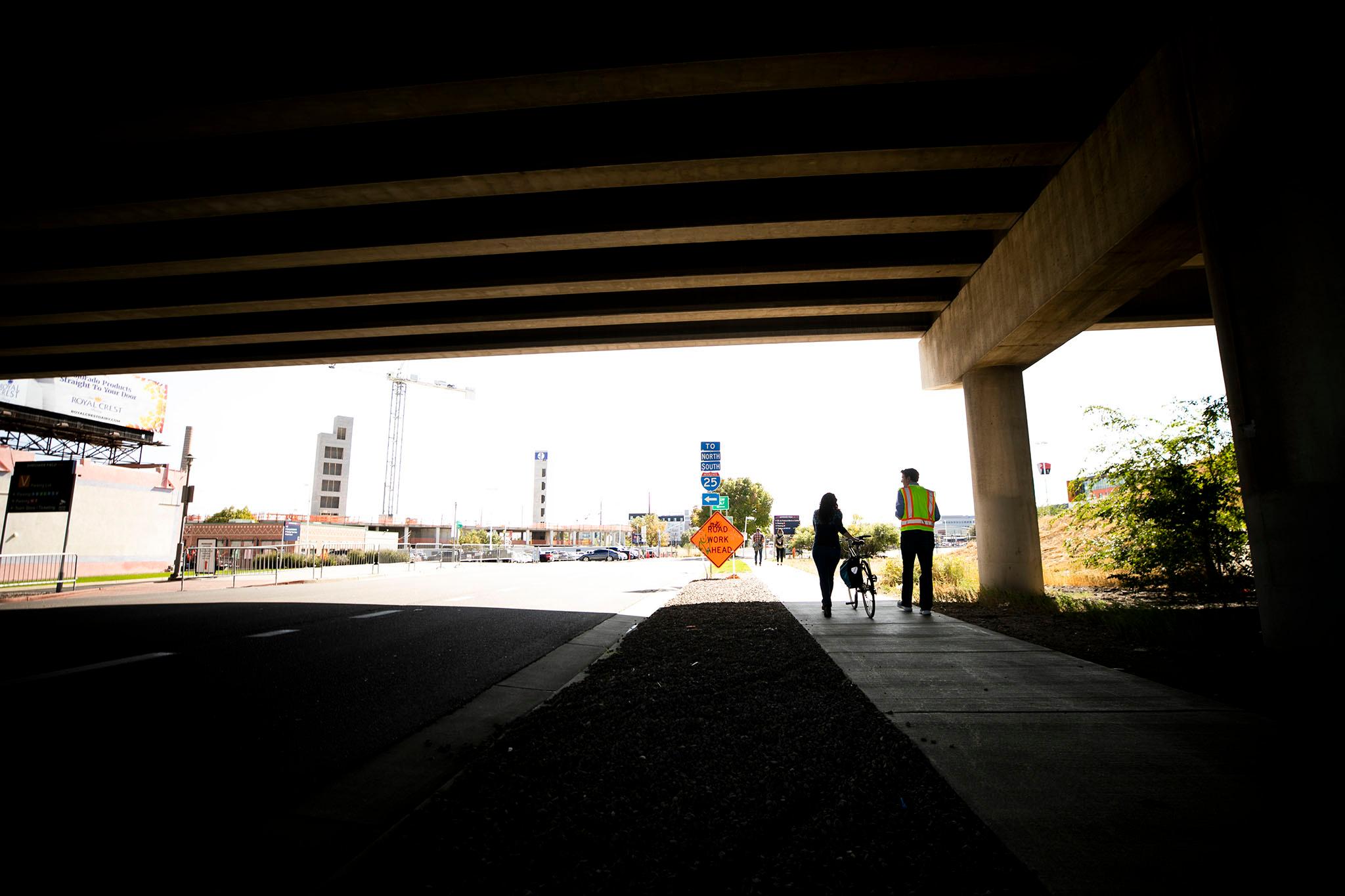
Community members have told her they want better access from the viaduct to destinations underneath it -- the South Platte River Trail, the Broncos stadium, and other places.
She also wants CDOT and the city to extend planned bus rapid transit routes into the area, including across the viaduct to Federal Boulevard. She envisions a viaduct with lower speed limits, fewer car lanes, and more spaces for pedestrians and bicyclists -- perhaps even some green space.
"It's overbuilt for the amount of vehicles that it actually needs to move," she said. "We don't need to be using the space that way."
